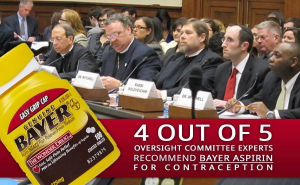My name is Stefani
and I am a student at CCSF, as well as a bartender/server at a fast paced
restaurant. I am 25 years old, and I have been living on my own since I was
barely 18. I soon as I graduated high school, I was sent on my way (with a very
poor paying job) and continued receiving medical care until I was 19. In the
process of living on my own, I quickly discovered I knew very little about how
much medical care actually was after I was no longer covered by my parents
insurance. Not knowing even the first step to being able to set up medical
insurance on my own, and most certainly not being able to afford medical on my
own, or how to seek out affordable coverage,
I was forced on many occasions to wait out serious illnesses that needed
medical attention until I could save up enough money to visit a doctor. Since
the cost of doctors visits and medicine was so insanely expensive w/o insurance
and on a teenager’s income, I would ignore everything from sinus infections so
bad I was coughing up blood to bladder infections so painful I couldn’t stand
up straight and made me run high fevers. Going to the doctor literally meant
that I would have to give up necessities such as food and money towards
utilities. When I saw a doctor for a
bladder infection so bad I was urinating blood, I was not able to pay for
utilities later on and because of this my electricity was shut off for two
days. There have been times I felt so lost and unable to do anything to get
well.
Then,
4 years later (at the age of 23), I received amazing news: my parent’s
insurance covered me until I was 26. Upon receiving this information, I
scheduled an appointment with a doctor for a physical I was long over due for.
Being on my parents insurance has saved me money I didn’t have when I needed to
see a doctor.
Now
with free contraception being proposed for women who need it, I feel that a
huge step is being made in the right direction. Unplanned pregnancies not only
can be worrisome for women and their partners, but unplanned pregnancy can be
detrimental to children born to unprepared parents. There is nothing to lose by
offering more support to family planning, but so much can be gained. I, too,
will benefit from easier access to contraception as a sexually active woman in
a long-term, monogamous relationship.




